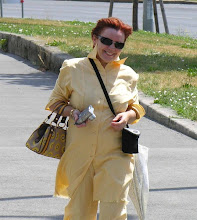The first point on my road was the “Nile House” or “House of the Nile Festival”.
The largest mosaic displays scenes related to the Nile. When I was describinga plot of this mosaic, suddenly understood very precisely, why ancient artist used this stage. All Israel territory is dry and for people living in this district, rains, rivers and water are God-given gifts bringing a life for plants, animals and people. And it isn’t no wonder, why the image of Nile was used in this mosaic … what else a big river of this region do you know?
Smaller mosaics depict Amazons, another one is of a Centaur, and there are other plots depicted to hunt in “Nile House”.
And now I’ll tell a little about a main mosaic of “Nile House”. In the upper corner the river us born from the mouth of a fable monster. A goddess Egypt rests by the river. Animals, plants and people come to life. A man and women stand at the ‘nilometer’ to measure the water level, which this year exceptionally high, giving cause for rejoicing. Further down there are depictions to Alexandria, galloping horsemen and on the bottom are fighting animals.
No doubt, that all plots of mosaics have the mythological explanation, but I don’t know something about.
And next time we are to make visit a main mosaic of Tzippori national park – “Mona Lisa of the Galilee”.




































